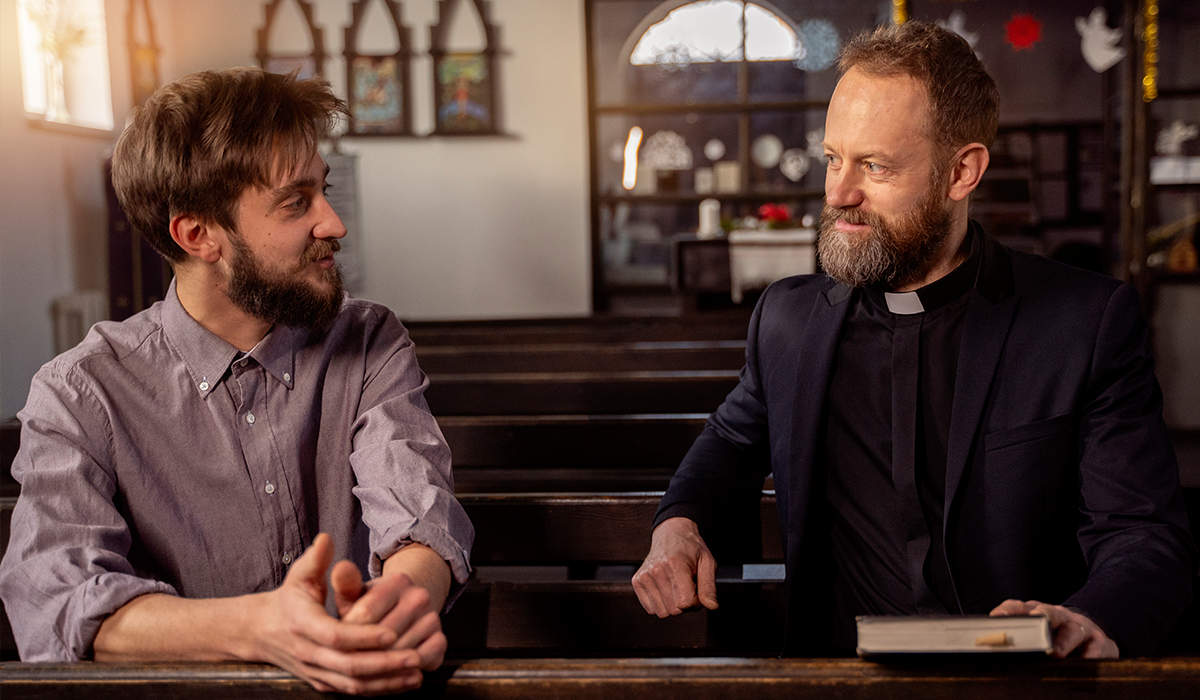
Understanding the Holy Trinity: Exploring the God of the Old and New Testaments
The Bible is divided into two main sections: the Old Testament and the New Testament. Throughout these scriptures, we encounter a dynamic portrayal of God, showcasing different attributes and roles. This diversity culminates in the concept of the Holy Trinity – a foundational belief for Christians. In this blog, we will delve into the key differences between the God of the Old Testament, the God of the New Testament, and how these elements harmoniously combine to form the Holy Trinity.
Request a Demo
The Old Testament presents God as the supreme and sovereign Creator of the universe. Often referred to as Yahweh or Jehovah, He reveals Himself as a just and righteous God, who upholds moral laws and executes judgment. In this context, His characteristics of justice, power, and holiness are prominently exhibited.
In the Old Testament, we see accounts of God’s interaction with individuals and the nation of Israel. He manifests His presence through signs, wonders, and miracles, demonstrating His authority over nature and human affairs. His involvement is often depicted in terms of covenant relationships, where obedience and faithfulness are expected from His people in return for His protection and provision.
With the arrival of Jesus Christ, the New Testament unfolds a fresh understanding of God’s nature and character. Jesus, God’s Son, takes on human form to personally reveal the Father’s love and mercy to humanity. This new revelation portrays God as a compassionate and forgiving father figure, who offers salvation and eternal life through faith in Jesus.
The New Testament emphasizes God’s grace, forgiveness, and redemption. Jesus teaches about divine love and compassion, challenging the legalistic nature of some Old Testament practices. Through His ministry, Jesus exemplifies sacrificial love, eventually offering Himself as the ultimate sacrifice for the sins of humanity.
The concept of the Holy Trinity encompasses the unity and diversity of God. It combines the distinct roles and characteristics portrayed in both the Old and New Testaments. The Father is the Creator, the Son is the Redeemer, and the Holy Spirit is the Comforter and Guide.
The Holy Trinity reveals the eternal nature of God, simultaneously expressing His oneness and the coexistence of three divine persons. Each person of the Trinity is fully God, yet distinct in their roles and relationship to one another. This divine mystery invites us to contemplate the multifaceted nature of God.
Understanding the God of the Old Testament and the God of the New Testament is vital for comprehending the Christian belief in the Holy Trinity. While the Old Testament underscores God’s justice and power, the New Testament illuminates His compassion, mercy, and love through the person of Jesus Christ. The Holy Trinity unifies these attributes into a divine unity that surpasses human understanding.
As believers, we can appreciate the richness of God’s character and His plan for redemption through the Holy Trinity. It is through this holistic understanding that we can engage with our faith and embrace the transformative power of God’s love and grace in our lives.


